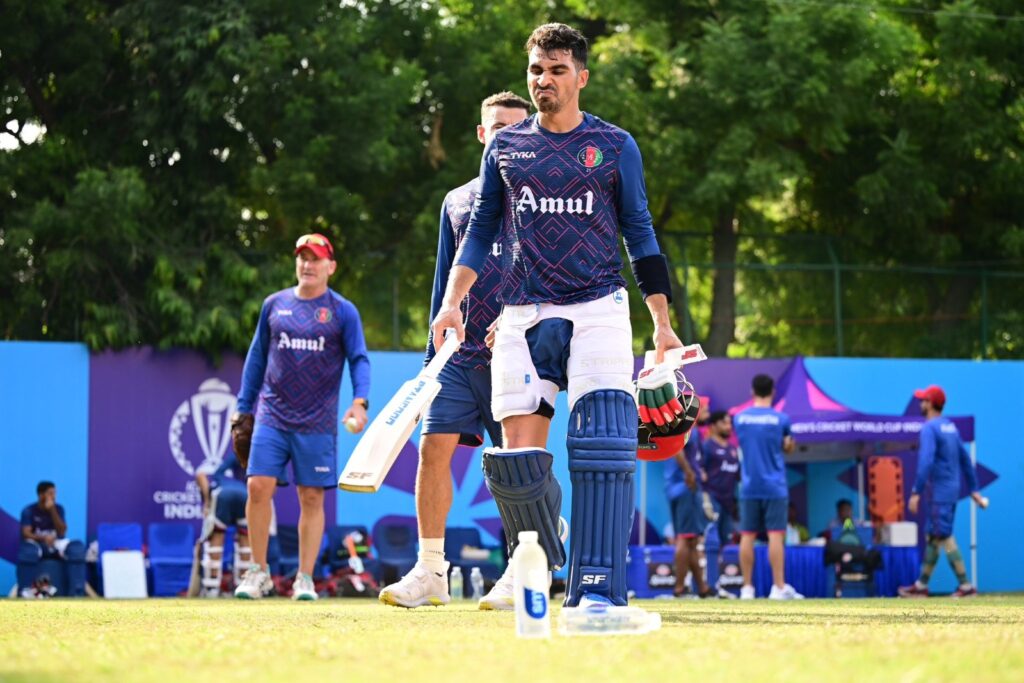
Before we judge the Afghanistan cricket team too harshly, there need to be the caveats. This is a side that has never played a home game. Not one of their 153 ODIs has been played on their own soil. Because of the political situation back home, they have become the game’s rootless vagabonds, and there is considerable sympathy for them as a result.
But this World Cup, their third in succession, is an acid test in more ways than one. When they first played an ICC event against the top sides – the World T20 in the Caribbean in 2010 – there was considerable excitement over the new boys and the potential they had to disrupt the old order. While cricket may have been a relatively new pursuit – one that many of their first generation of players picked up from refugee camps in and around Peshawar – a population twice that of Sri Lanka and Australia suggested that they could become a real force in the right circumstances.
Instead, much of that initial excitement has dissipated. The loss to Bangladesh in Dharamsala was their 15th in 16 World Cup outings going back to 2015. The thrilling one-wicket win over Scotland in Dunedin during that tournament remains their only success on the big stage. Not a single Afghan batter has scored a World Cup century – Samiullah Shinwari’s 96 against Scotland is their highest individual score – and only twice has one of their bowlers taken four wickets in an innings.
While the instant cut-and-thrust of the T20 game seems to suit them, the more disciplined approach needed in the 50-over game has largely eluded them. Against Bangladesh, they were in a formidable position before wickets fell in a heap. And an average of less than 20 runs a wicket across three World Cups suggests that building an innings has been a constant problem.
The bowling hasn’t been much better. As a unit, they have conceded over 40 runs per wicket, at an economy rate of 5.54. To know the extent of the struggle, you only need to look at the numbers for Rashid Khan, the greatest bowler they have ever produced. In the nine World Cup innings in which he has bowled, Rashid has taken just six wickets. The dismal average (77.33) and economy rate (5.74) are worlds removed from his overall numbers – an average of 19.81 and ER of 4.22.
In the current line-up, only Hasmatullah Shahidi and Najibullah Zadran have more than one World Cup half-century. The fairly new opening pair of Rahmanullah Gurbaz and Ibrahim Zadran hint at a brighter future, but they’ll need more than cameos to make an impression in this tournament.
The last time these sides met in the World Cup, India needed a final over hat-trick from Mohammed Shami to seal an 11-run victory. That remains one of Afghanistan’s better performances at this level. On a Delhi pitch that seemed full of runs when South Africa and Sri Lanka teed off, their batters will need to come to the party if the depressing World Cup narrative is to change.
The time for “Well played” and “Shabash” is behind them. Afghanistan need results, and they need them now.



